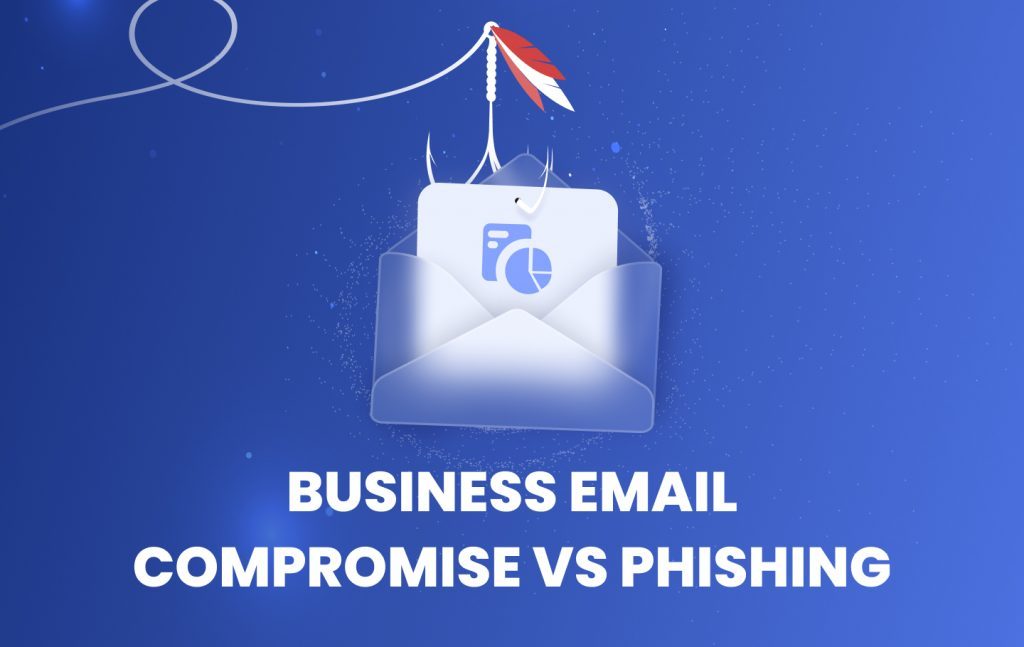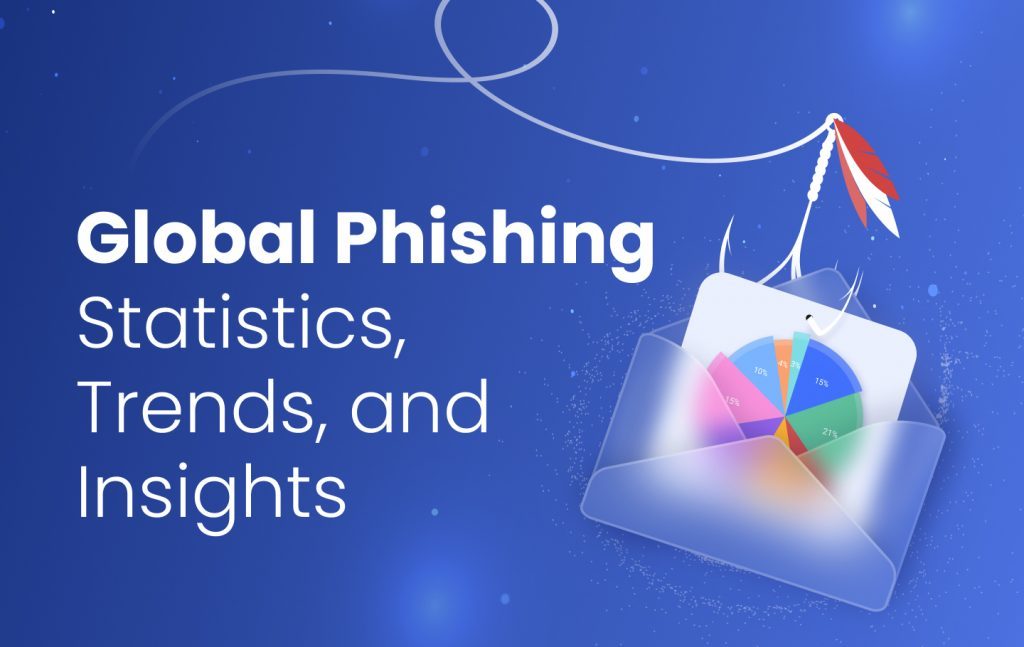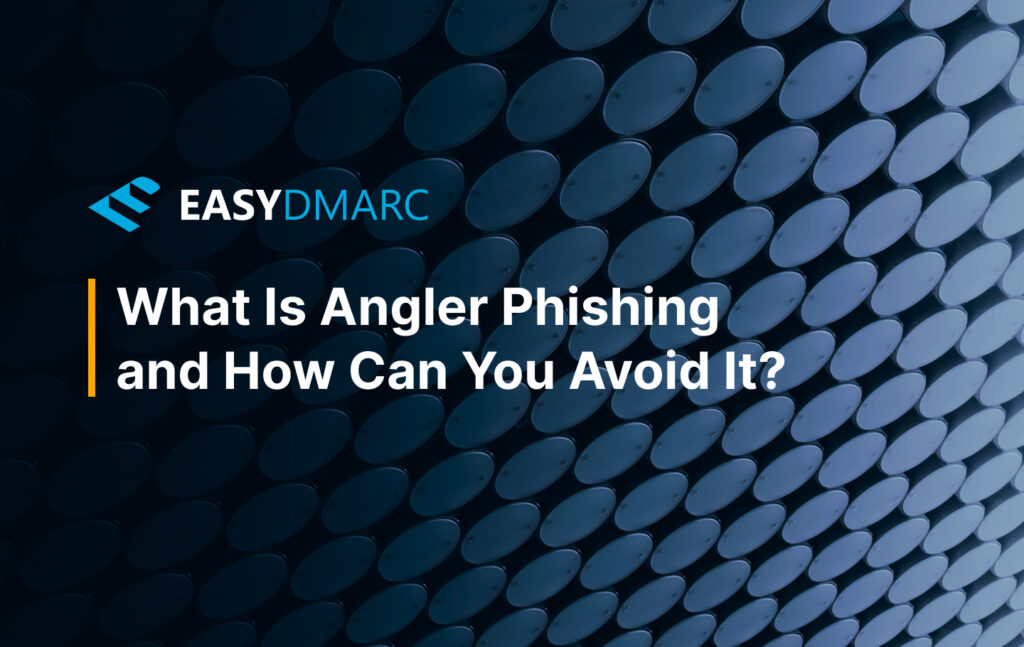Phishing Attack
A phishing attack is when a malicious actor uses deceptive methods to trick victims into revealing sensitive information, such as usernames, passwords, or financial data. Typically, phishing attacks are carried out via email, often appearing to come from trusted sources like banks, online retailers, or even coworkers, making them particularly dangerous.
The goal of a phishing attack is to manipulate the victim into clicking a malicious link, downloading an attachment, or providing login credentials. Attackers create a sense of urgency or fear to push the victim into acting without thinking critically, which can result in serious consequences, including identity theft, financial loss, and unauthorized access to business systems.
Phishing attacks exploit human psychology, making them one of the most effective and prevalent types of cyber threats. By understanding the phishing attack definition and recognizing the signs, individuals and businesses can take proactive steps to protect themselves from these malicious activities.





